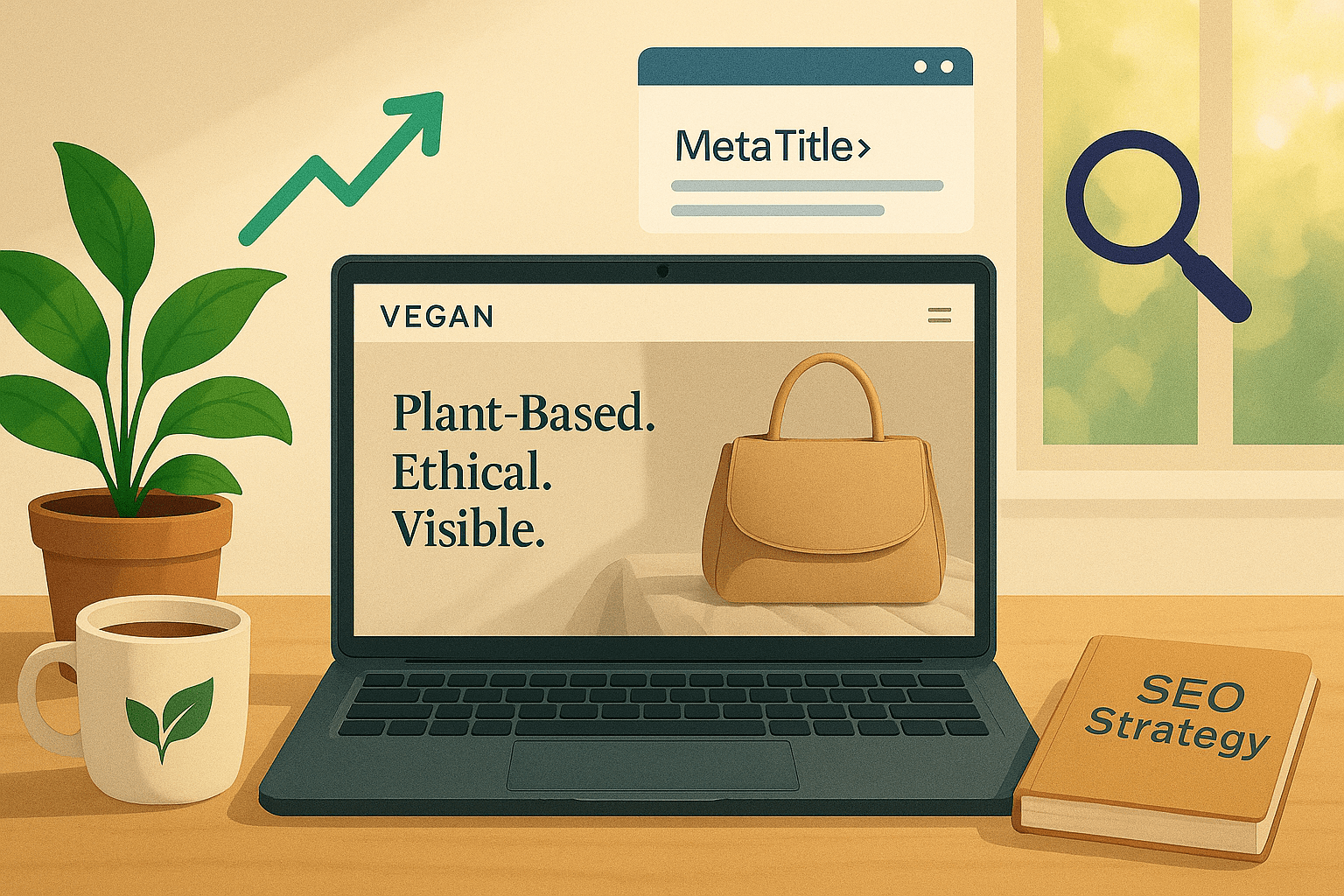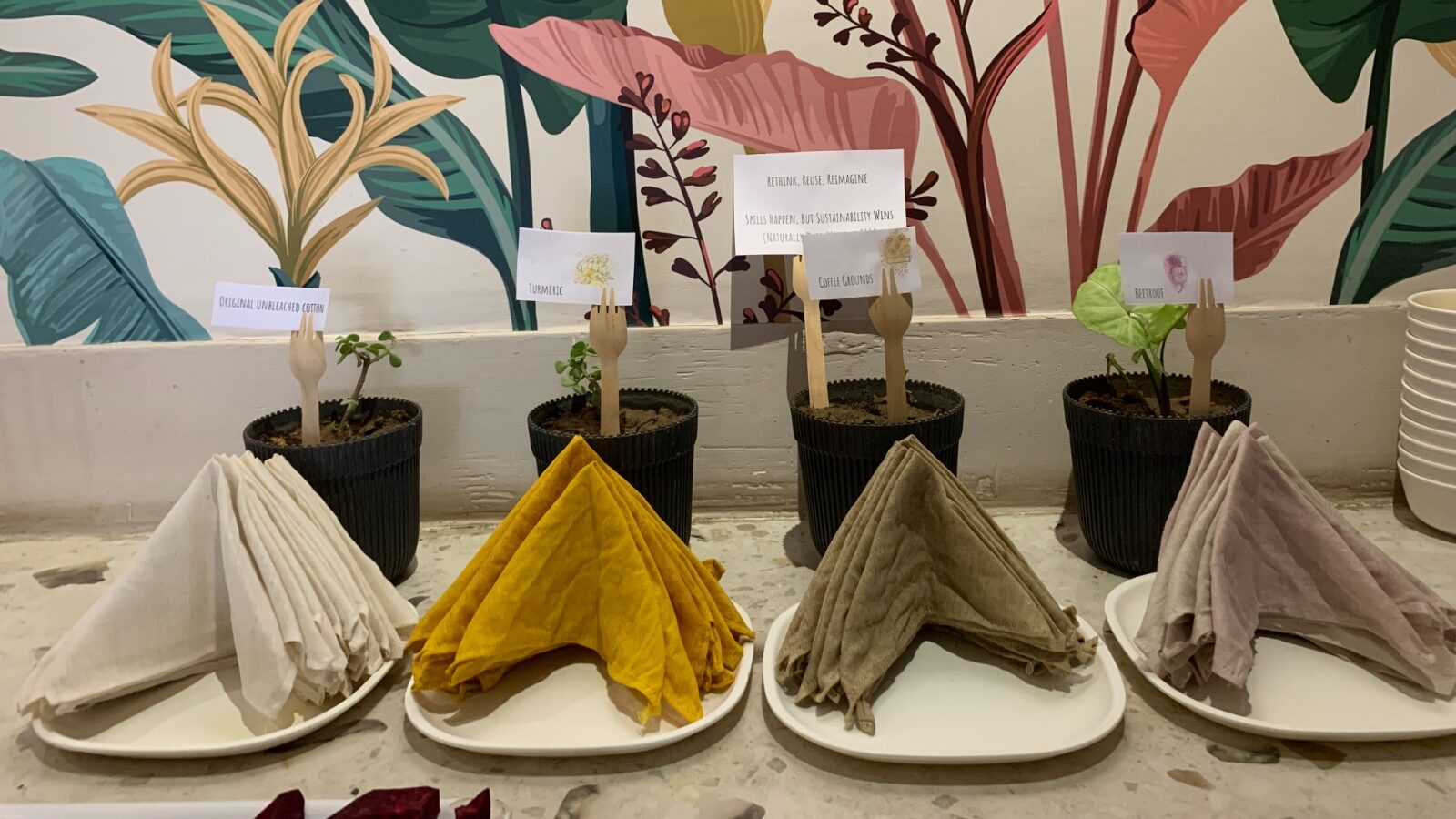
Stanford Guidelines for Web Credibility
by AvneetStanford has compiled a list of 10 guidelines for building the credibility of a website – based on 3 years of research involving 4500 people.
These 10 guidelines are:
1. Make it easy to verify the accuracy of the information on your site.
2. Show that there’s a real organization behind your site.
3. Highlight the expertise in your organization and in the content and services you provide.
4. Show that honest and trustworthy people stand behind your site.
5. Make it easy to contact you.
6. Design your site so it looks professional (or is appropriate for your purpose).
7. Make your site easy to use — and useful.
8. Update your site’s content often (at least show it’s been reviewed recently).
9. Use restraint with any promotional content (e.g., ads, offers).
10. Avoid errors of all types, no matter how small they seem.
These are very relevant points which add to the overall “Site Credibility” or “Trust Factor” and have an impact on the rate of conversion that a site can enjoy.
- About the Author
- Latest Posts
-
Email Marketing Without Fatiguing Conscious Consumers
by Charanjeev Singh
How to build trust, reduce inbox overload, and engage with intention Email marketing is a powerful tool. It lets …
Continue reading “Email Marketing Without Fatiguing Conscious Consumers”
-
How to Market Vegan Products Without Preaching (or Losing Sales)
by Tapam Jaswal
Marketing vegan products isn’t just about talking to people who already follow a vegan lifestyle. It’s also about connecting with …
Continue reading “How to Market Vegan Products Without Preaching (or Losing Sales)”
-
Vegan SEO: Optimizing Organic Visibility for Vegan Brands
by Tapam Jaswal
More people than ever are interested in vegan products and services. If you run a vegan brand, ensuring customers can …
Continue reading “Vegan SEO: Optimizing Organic Visibility for Vegan Brands”
-
Google AI Mode Explained: How It’s Reshaping Search and Content with Real Examples & Tips
by Tapam Jaswal
If you’re in SEO or content and have been watching Google’s changes, you already know: AI Mode isn’t a minor …
-
Jiva’s Organic Traffic Growth: 354% Surge in 6 Months | CueForGood
by Nida DanishSummary: Jiva’s efforts to empower smallholder farmers weren’t gaining the digital traction they deserved. With a strategic overhaul led by …
Continue reading “Jiva’s Organic Traffic Growth: 354% Surge in 6 Months | CueForGood”
-
What We Learned When We Switched From Disposable Tissues to Reusable Napkins
by Nida DanishAt CueForGood (CFG), we’ve embraced a refreshing change: reusable cloth napkins. While the switch may seem minor, it’s rooted in …
Continue reading “What We Learned When We Switched From Disposable Tissues to Reusable Napkins”





